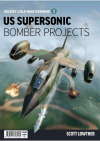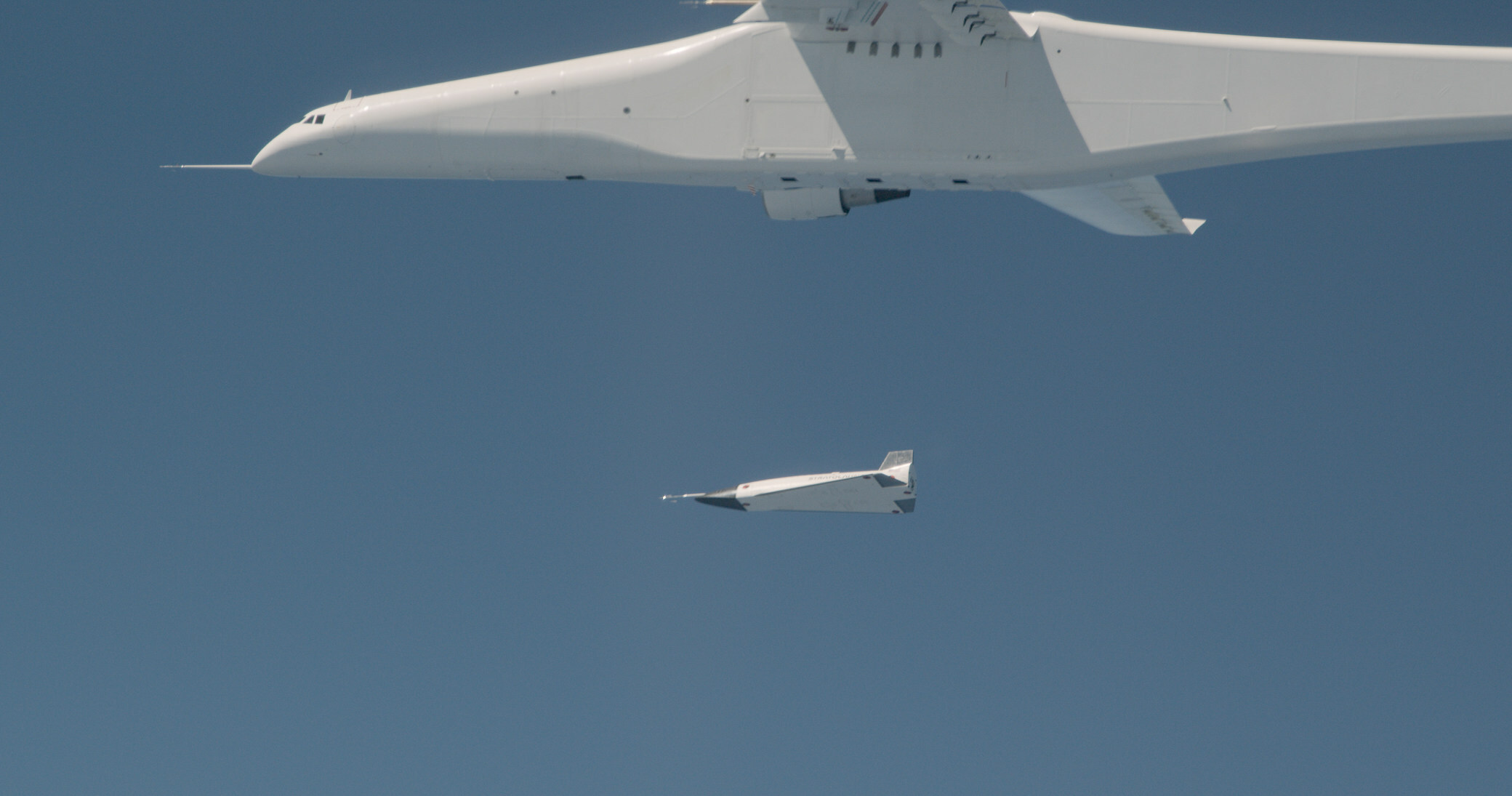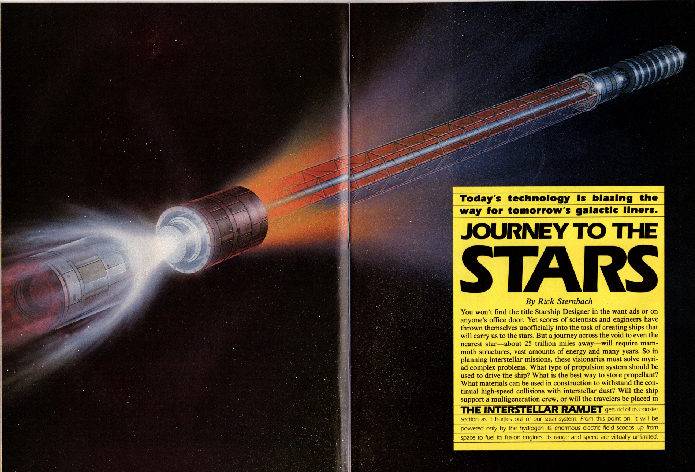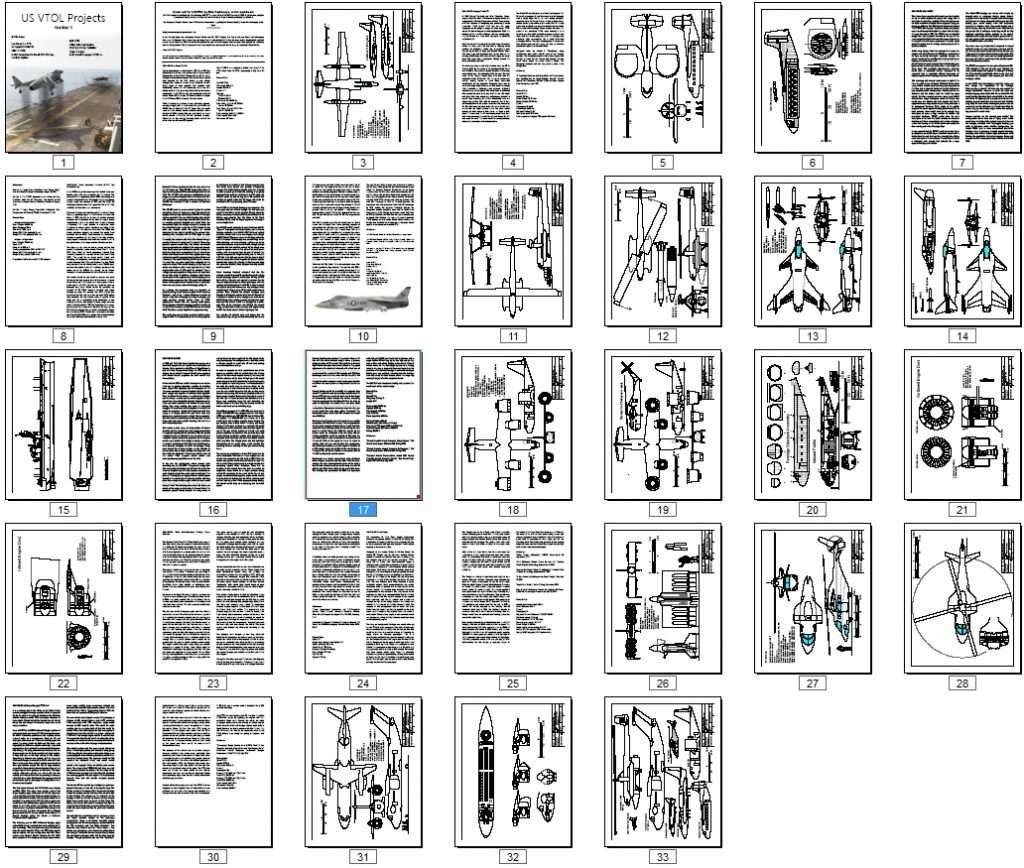My next book, released for pre-order and to be shipped in a few weeks:
US Supersonic Bomber Projects 2
“The threat posed by the Soviet Union throughout the postwar period coincided with an explosion of innovation and can-do attitude among America’s aircraft manufacturers. Challenging requirements and experimentation resulted in a huge variety of designs for aircraft powered by nuclear reaction, aircraft capable of flying faster than Mach 5, advanced bombers able to land and take-off from the surface of the ocean, VTOL fighters and bombers, and many others. Aerospace engineer Scott Lowther collects some of the most radical and beyond-the-state-of-the-art ‘secret projects’ in this – the second volume of his US projects series.”

Stratolaunch Successfully Completes Separation Test of Talon-A Vehicle
Stratolaunch LLC announces it has successfully completed a separation release test of the Talon-A separation test vehicle, TA-0. The flight was the eleventh for the company’s launch platform Roc and the second time the team has conducted flight operations in Vandenberg Space Force Base’s Western Range off California’s central coast.

In 1983 “Science Digest” ran an article that 13-year-old me lost his tiny little mind over. Illustrated by Rick Sternbach, designer of, among other Star Trek vehicles and artifacts, the USS Voyager, it described a series of possible means of interstellar travel. While the physics and engineering of some of them have proven dodgy in the years since (the Bussard ramjet has serious problems with the proposed magnetic fiend, the Enzmann starship has turned out to not be as well thought out as many had assumed, etc.), it remains a tantalizing glimpse of what might be. The article has been scanned in full color and made available to APR Patrons/subscribers at the above-$10 level.
If you would like to help fund the acquisition and preservation of such things, along with getting high quality scans for yourself, please consider signing on either for the APR Patreon or the APR Monthly Historical Documents Program. Back issues are available for purchase by patrons and subscribers.
The rewards for April, 2023, have been released. They include:
Document: *Partial* Martin report on the M329 Mach 2 jet seaplane bomber
Document: “Flexible Wing Manned Test Vehicle, Final Program Report,” Ryan, December 1961. report on the development of the “Rogallo Wing” test vehicle.
Document: “10 Jahre TKF/J-90 Vorentwicklung,” conference paper from 1983 from Messerschmitt-Bolkow-Blohm Gmbh describing (in German) the development of advanced fighter jets
Large Format: “NASA’s Space Launch System,” poster with detailed diagrams of the Block 1 and Block 1B SLS
CAD Diagram: B-1B weapons loads. This diagram was created and intended for my “US Supersonic Bomber Projects Volume 1” but had to be cut for space reasons. This includes gravity bombers, cruise missile sand the Vought T-22 “Assault Breaker.”
If you would like to help fund the acquisition and preservation of such things, along with getting high quality scans for yourself, please consider signing on either for the APR Patreon or the APR Monthly Historical Documents Program. Back issues are available for purchase by patrons and subscribers.
Ever since the early sixties there have been ideas about “inspector” spacecraft that would check out other satellites. This would be done to see just what some foreign satellite actually was…r econ, communications, navigation, weapons platform. But actually doing it has not but done too often… at least, it hasn’t been *shown.* But here are the results of one commercial satellite – the Worldview-3 earth observer – looking at a Landsat from a range of about 100 kilometers. The imagery is remarkably clear.
You’ve probably seen artists’ renderings of #Landsat satellites in orbit… but how about an *actual image* of a satellite in orbit?
Thanks to Maxar, we now have images of Landsat 8 orbiting Earth from the WorldView-3 satellite.
Enjoy! 🛰️ pic.twitter.com/YFeQlHVV7t
— NASA Landsat Program (@NASA_Landsat) April 3, 2023
Protected: March 2023 APR rewards catalogs
The first US Aerospace Projects in *years* is now available. Cover art was provided by Rob Parthoens, www.baroba.be
US VTOL Projects #3
US VTOL Projects #3 is now available (see HERE for the entire series). Issue #2 includes:
- Lockheed CL-579: An optionally-manned “communications satellite” for after WWIII
- Vanguard Model 18: A short range passenger transport from the 60s with slightly unusual wings
- Hiller STORC: A helicopter that could convert into a conventional aircraft for long-range ferry flights
- North American Rockwell NR-356 Sea Control Fighter: The design that led to the failed XFV-12A
- Bell D181: One of the first VTOL “assault transports”
- Hiller Anti-Submarine Warfare Drone Tailsitter: An unmanned pulsejet-powered torpedo-launcher
- Gates Twinjet: An ill-timed executive transport helicopter
- McDonnell Douglas VT107-4-4I: A short-range VTOL jetliner from the early 70s
While this issue covers the usual eight designs, note that it’s about 50% longer than similar, earlier issues. The delay in publication was due in large part to working on several book… and working on several books seems to have led me to be more verbose in my descriptions. So hopefully this means a better product!
USVP #3 can be downloaded as a PDF file for only $5.25:
——–
After a delay of several years, I’m back to working on my own little publications. Since the delay was caused by working on actual published *books,* I like to think that I’ve gotten a bit better. Thus the next issue of US VTOL projects has about twice the text of the prior issue, and the diagrams are a bit better. To get best use of the diagrams, I’m reviewing how they are being incorporated into the final text. The link below is a test PDF with four pages… each page has the same illustration, but with variations in resolution, line weight, etc. I’m interested in what looks “best.” So take a look and let me know which page – if any – looks best on screen, and if possible printed out.



